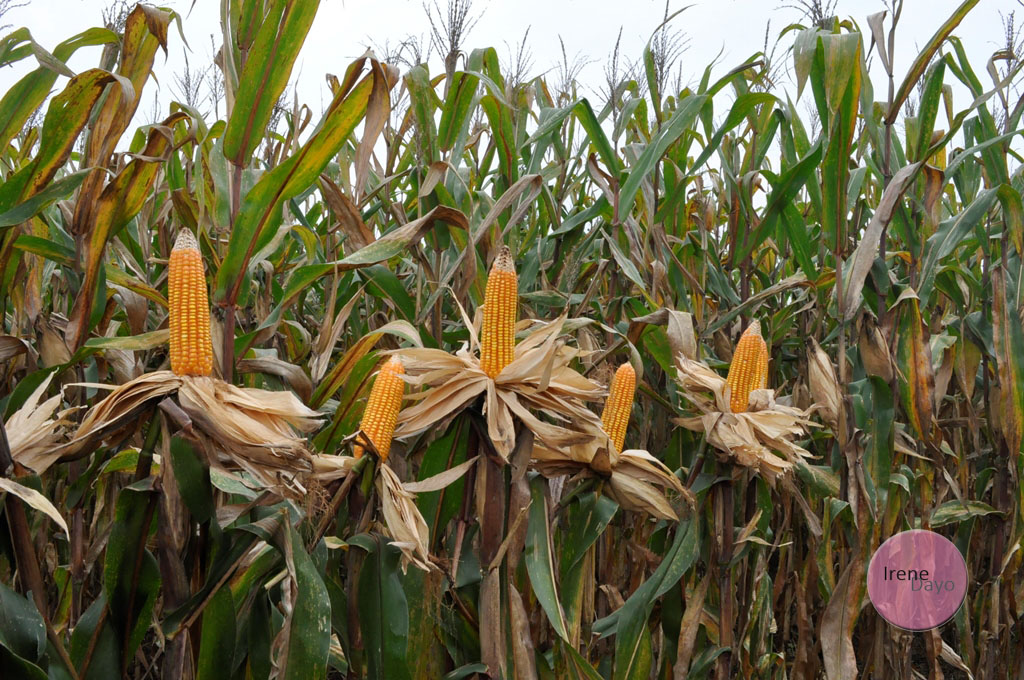The modern time embraces the use of Science and Technology in a number of fields. In Agriculture, there is Biotechnology that has been beneficial among farmers. Biotechnology Industry Organization has referred Biotechnology as something that “harnesses cellular and biomolecular processes to develop technologies and products. It is a technology, based on Biology. Modern biotechnology provides breakthrough products and technologies to combat debilitating and rare diseases, reduce environmental footprint, feed the hungry, use less and cleaner energy, and have safer, cleaner and more efficient industrial manufacturing processes.”
Though, I have learned about Biotechnology during my Biology classes back in high school and college, I have not dig much on understanding what it is really all about and how could it be a good use to farming, and to Agri industry. So, last October 22, 2015, I participated in a Biotech products briefing at SEDA Centrio. Monsanto Philippines shared about Crop Biotechnology use, its processes and introduced us to their Bt Corn as the first Biotech crop in the Philippines.
Monsanto International is a leading provider of agricultural technology which has a market share here in the Philippines and in other 65 countries. Monsanto commits to provide sustainable agriculture through developing the technologies that enable farmers to produce more crops while conserving more of the natural resources.
Crop Biotechnology is an extension of traditional plant breeding. Meaning, there is a transfer of selected genes of organism to achieve a desired gene. Genetic Engineering takes place. Specific genes are transferred from the same or related or unrelated species resulting in the gene fragment modification and recombination to produce new traits in an organism.
Few of the benefits of Crop Biotechnology to crops are its ability to fight diseases and insects. Plus, crops grow healthier, resulting to an increase in production. In a presented documentation, Bt products can produce 11-12 tons, much higher compared to 9-10 tons of conventional farming. The use of Biotech among Filipino farmers, especially small farmers, has helped them produce more crops in a harvest, making food and income more accessible.
The Monsanto group also brought us to a farm tour on one of their partner-farms that mainly produces corn, located at Barangay San Miguel, Manolo Fortich in Bukidnon.
In our visit, the farm owner Mr. Benjamin Baloma educated us on their corn farming operations and the role of agricultural biotechnology in their livelihood.
He manage four farms in Manolo Fortich and Sumilao, Bukidnon and has been a partner of Monsanto for over five years already.
According to Mr. Baloma, Biotechnology products and conventional ones are much different comes to yield and tolerance to diseases, heavy rains, draught and several others. In his 15-hectare farm, he could already have 8 bags in four months which he cannot achieve before.
It takes 120 days to harvest corn from its planting period. Sweet corns are ones harvested early. Mr. John Fajardo, Monsanto’s Technology Development Executive, also informed us that farmers store the corn cereals for drying. After harvesting, corn usually undergoes further post-ripening. The cereal then becomes damp because of the elevated water content, described as “sweating.” In this state, the cereal is highly susceptible to mold and must not as yet be shipped. At relatively low water content, usually 13-14%, proper storage allows the sweat moisture to be absorbed by the air without the risk of mold growth.
PHOTO OP. CDO Bloggers Inc. together with Monsanto Philippines.
I learned so much from this tour. Gracias!


















Leave a Reply